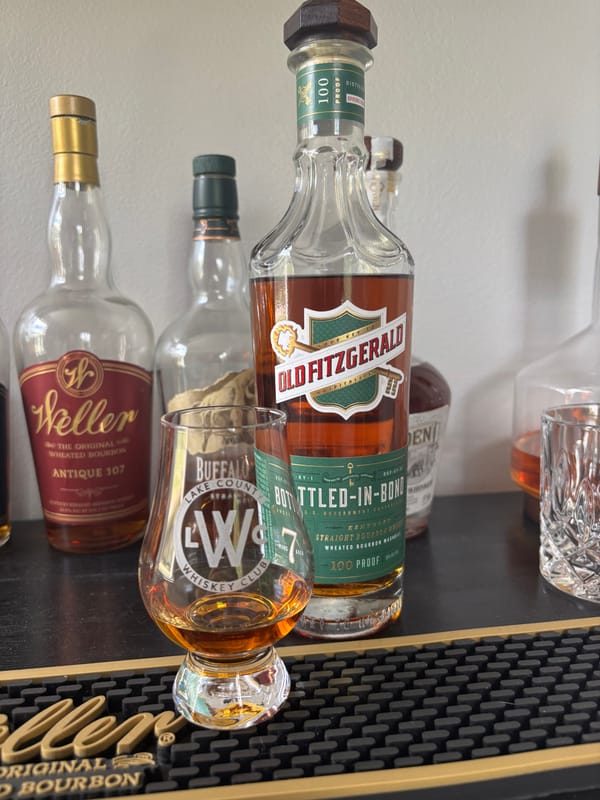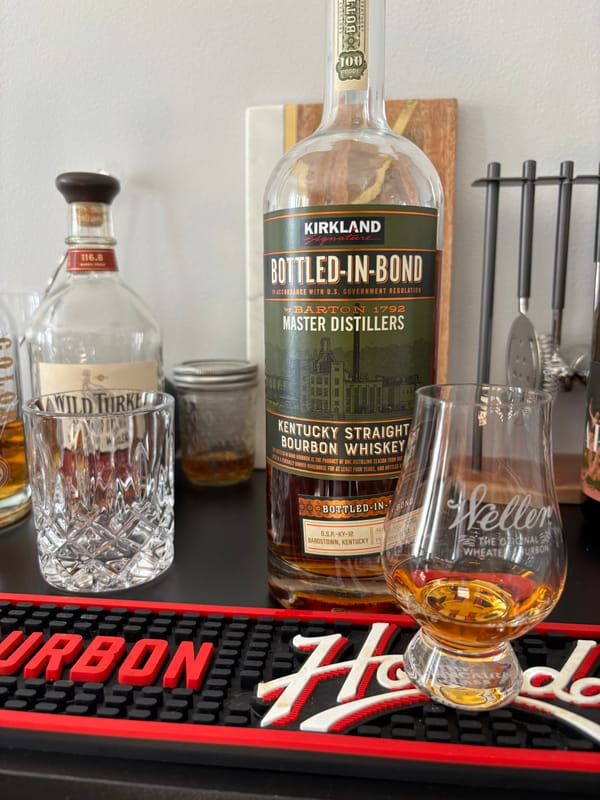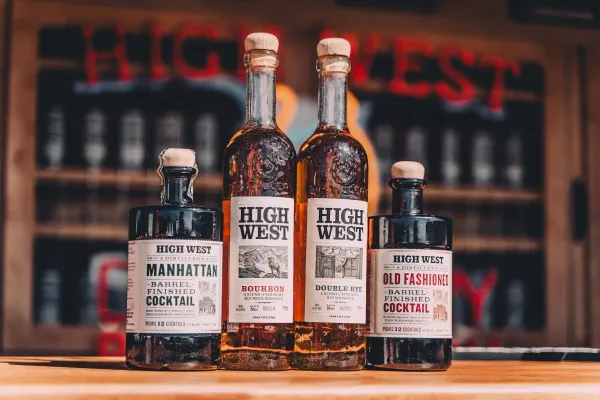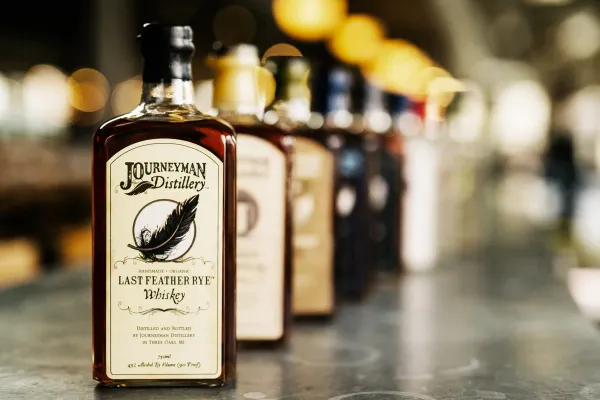Whiskey Evaporation Rates Exposed: The Loss You’ll Wish You’d Caught Sooner

Evaporation Rates: The Whiskey Fade You Can’t Dodge
Evaporation isn’t just air—it’s whiskey’s vanishing act, and if you don’t know its rates, you’re missing the ghost that haunts every barrel. It’s physics, not phantoms. Here’s the bare truth about whiskey evaporation rates, from process to pour, and why it’s your 2025 must-know.
What Drives Whiskey Evaporation?
U.S. law sets whiskey’s path—51% grain minimum, 160 proof max distillation, 125 proof max barreling, 80 proof minimum bottling, new charred oak aging. In barrels—two years or more—water and alcohol evaporate, dubbed the "angel’s share." Every drop lost shifts what’s left, no dodging it.
How Evaporation Rates Work
Spirit enters barrels at 125 proof or less, aging in warehouses—hot tops, cool bottoms—for two to eight years or more. Heat speeds evaporation—2-4% yearly—water goes faster in dry air, raising proof; alcohol fades more in humid spots, dropping it. Oak breathes—every barrel loses, reshaping whiskey’s strength and volume.
What Evaporation Means for Your Sip
High evaporation—top racks—concentrates bourbon’s corn sweetness or rye’s spice, proof climbing to 130+—oak’s vanilla booms. Low evaporation—bottom racks—dilutes it, proof dipping below 100—grain softens, oak whispers. Every bottle’s intensity—the law allows it—reflects this fade.
Why Evaporation Rates Matter in 2025
Evaporation’s whiskey’s silent thief—by 2025, grasping it could reveal why some pours hit hard and others fade gently. It’s the truth in the air—don’t let it slip away. Want to taste the angel’s share? Check out NEAT: Whiskey Finder—it’ll help you track down bourbon and whiskey near you.





